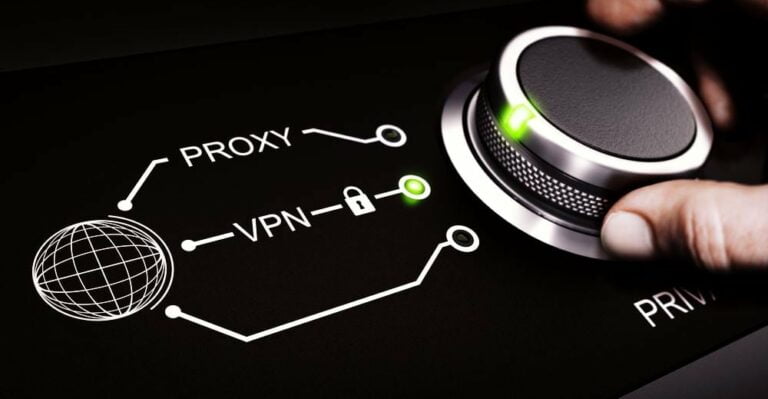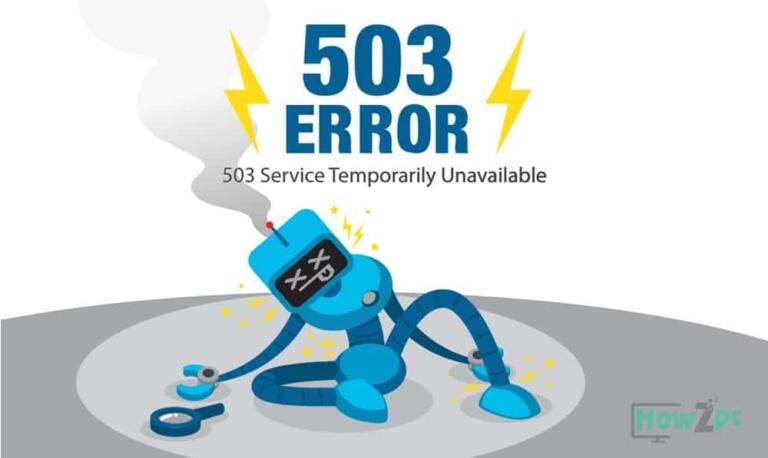Datacenter proxies stand out for their speed and affordability, which makes them arguably the most popular proxy type. But being the most popular doesn’t mean that these proxies are understood by the general public.
When we think of IP addresses, a picture of a residential connection is more frequent. A common user somewhat misunderstands the workings of a high-tech data center. This article will explain all you need to know about what datacenter proxies are and when it’s best to use them.
What Are Datacenter Proxies?
A proxy server (or simply a proxy) is an intermediary that can connect to the internet on your behalf. All your requests are sent directly to the website’s server without a proxy. The website can track your activity or impose geo-restriction as it knows your IP address.
A crucial part of the internet protocol (IP) is the need for all devices to identify each other. An IP address is a string of numbers and sometimes letters that achieves this function.
Using a proxy allows you to route your requests so the website doesn’t see your IP address. Instead, only the connection of a proxy sending the requests is available. It also safeguards your connection from the prying eyes of your internet service provider (ISP), government, or other actors. They can only see that you have connected to the proxy, but what requests are sent through is harder to track.
The type of connection you use as a proxy matters a great deal for efficiency and affordability. It’s technically possible to set up proxies anywhere – from ordinary homes to high-tech data centers. The latter is where datacenter proxies are based, which gives them their name.
A data center is a large network of devices (computers, servers, and other network equipment) joined in a network. They work together to store data remotely and perform various processing or distribution tasks. One of the ways data centers are used is for setting up proxies.
One server (or a group of servers) in a data center can house thousands of IP addresses. These IPs are called virtual, as there is no one physical network device that it corresponds to.
Such a setup makes datacenter proxies exceptionally cheap and fast. They can use a business-tier internet connection, and since there is no physical device for each IP, it costs less to maintain them. We can further our understanding of datacenter IPs when we compare them with residential IPs.
Datacenter vs. Residential Ips
A provider must assign a specific location to a residential IP. If you move to a new location, the ISP will assign a different IP address corresponding to that new location.
As such, every website or online service knows your approximate location. When used as proxies, residential IPs are beneficial for their legitimacy, as it’s hard to tell them apart from other visitors. However, such IPs are also tied to individual devices (such as laptops) and home connections, which significantly slow their connection.
Datacenter proxies have virtual IPs hosted in high-tech data center servers. It means their connection isn’t slowed by consumer bandwidth capabilities or the limited performance of home devices. However, the IP address itself is easier to recognize for resourceful websites.
There are two reasons for this. Datacenter IPs are created in bulk, which means their number and letter sequences can differ only by a couple of digits. Additionally, these IPs are unverified by consumer ISPs, and many larger websites can detect them.
Simply put, residential IPs give slower connection speeds but ensure more credibility, while datacenter IPs might be easier to recognize but ensure much faster connection speeds.
You must know the full advantages and disadvantages of datacenter proxies before deciding whether to use them.
Advantages of Datacenter Proxies
Depending on your use case, there are at least four main advantages of using datacenter proxies instead of other proxy types.
Scalability: It is cheaper to purchase a large pool of datacenter IPs than any other type of proxy. Also, they are usually priced per the number of IPs while the bandwidth is unlimited. If you are working on a project that is going to need more and more performance over time, datacenter proxies are the best option.
Reliability: Datacenter proxies are the most trustworthy since they run on professional equipment and use commercial-tier internet.
Speed: Datacenter proxies are the fastest proxies. Most other proxy types don’t even come close for tasks when you need to send large quantities of data.
Price: Datacenter IPs are cheap when compared to other proxy types. Usually, the more datacenter IPs you need, the cheaper they get. The same cannot be said about other proxy types.
Two Use Cases of Datacenter Proxies
Web Scraping might be the most common use of proxies in general. It’s a practice of using bots (called scrapers) to collect publicly available data automatically. Common use cases of web scraping are to collect pricing data, monitor brand presence, or perform market analysis.
Businesses cannot use their own IP addresses for web scraping. It might expose them to competitors, and the needed data is frequently geo-restricted. Datacenter proxies are exceptionally fitting for large-scale data-gathering projects. They can quickly transfer data and are quite cheap, so you can easily expand your IP pool.
Protecting your email from spam and phishing attacks is crucial for any organization. Security software can scan all incoming emails and deny those that are suspicious or do not meet other set criteria.
Datacenter proxy servers are used for this task to avoid such emails reaching company devices in the first place. Other proxy types can be used as well, but they are slower, and the scanning of emails will take longer.
Wrapping Up
Datacenter proxies are unique in that they originate from data centers. They have clear advantages of speed and performance. They are useful for large-scale web scraping and email protection projects or when you simply need a pool of fast IP addresses.








